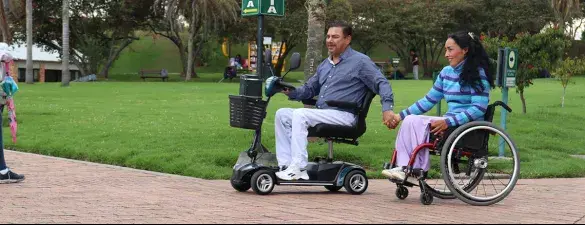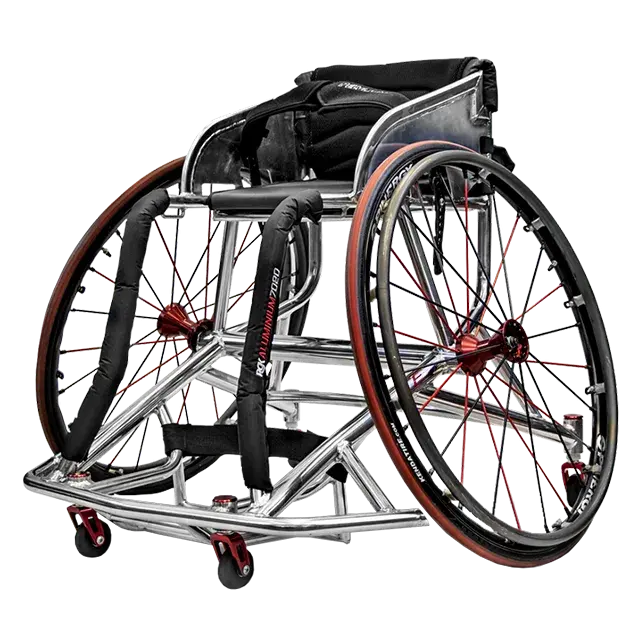Amputations, the surgical removal of a limb or part of a limb, can have a significant impact on an individual's mobility. These procedures are often necessary due to conditions like peripheral artery disease, diabetes, cancer, or traumatic injuries. Regardless of the reason, losing a limb invariably presents significant physical and psychological challenges, including numerous mobility issues. This article explores the relationship between amputations and mobility, and discusses how individuals can successfully navigate this complex journey.
Understanding Amputations
An amputation can range from the removal of a small part of the body, such as a toe or finger, to a more significant loss, such as an entire arm or leg. The type and level of amputation can greatly influence the subsequent mobility challenges an individual will face. For example, while the loss of a toe or foot will impact balance and walking, the loss of an entire leg or arm presents more substantial mobility issues.
Amputations and Mobility
Here are some of the key ways amputations can impact mobility:
Changes in Balance and Coordination
One of the most immediate impacts of an amputation is a change in balance and coordination. This is particularly true for lower-limb amputations, as the legs and feet play a crucial role in maintaining stability. Losing a limb alters the body's center of gravity, which can initially cause difficulty in maintaining balance, both while moving and standing still.
Muscle Strength and Endurance
Following an amputation, individuals often face a decrease in muscle strength and endurance, especially in the residual limb (the remaining part of the amputated limb). Reduced physical activity during the recovery period can contribute to this issue, and the extra effort required to move with a prosthetic limb or mobility aid can lead to quicker fatigue.
Phantom Limb Sensation and Pain
Many amputees experience phantom limb sensations, where they feel as if the amputated limb is still present. In some cases, these sensations can be painful. Phantom limb pain can negatively impact mobility, as the perceived pain can be distracting or even debilitating.
Overcoming Mobility Challenges
While the mobility issues following an amputation can be significant, with appropriate rehabilitation and support, individuals can regain a substantial degree of independence and functionality.
Prosthetics and Mobility Aids
The use of prosthetics can greatly improve mobility following an amputation. Prosthetic technology has advanced significantly in recent years, providing amputees with highly functional artificial limbs that can restore a range of movements. Additionally, mobility aids such as crutches, wheelchairs, or walkers can provide additional support during the recovery and rehabilitation process.
Physical Rehabilitation
Physical rehabilitation is a cornerstone of recovery following an amputation. It typically involves strength training, balance exercises, and learning to use a prosthetic limb or mobility aid. The goal of rehabilitation is to improve physical function, enhance mobility, and promote independence.
Psychological Support
Addressing the psychological impact of an amputation is crucial for overall recovery and mobility improvement. Losing a limb can lead to feelings of grief, anxiety, and depression, which can hinder rehabilitation efforts. Access to mental health professionals, support groups, and counseling can help individuals cope with these emotions and foster a positive mindset towards recovery and adaptation.
In conclusion, while amputations can significantly affect mobility, a combination of modern technology, physical rehabilitation, and psychological support can help individuals overcome these challenges. The journey may be complex and challenging, but with the right support, individuals can regain mobility, independence, and a high quality of life.





